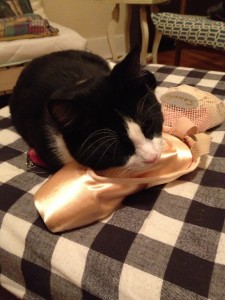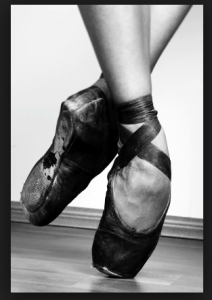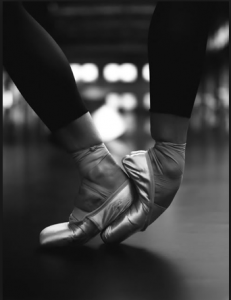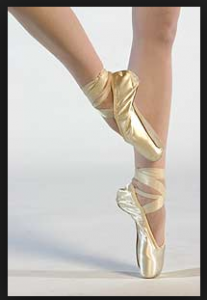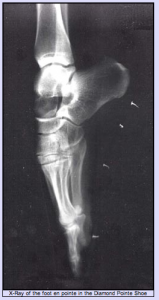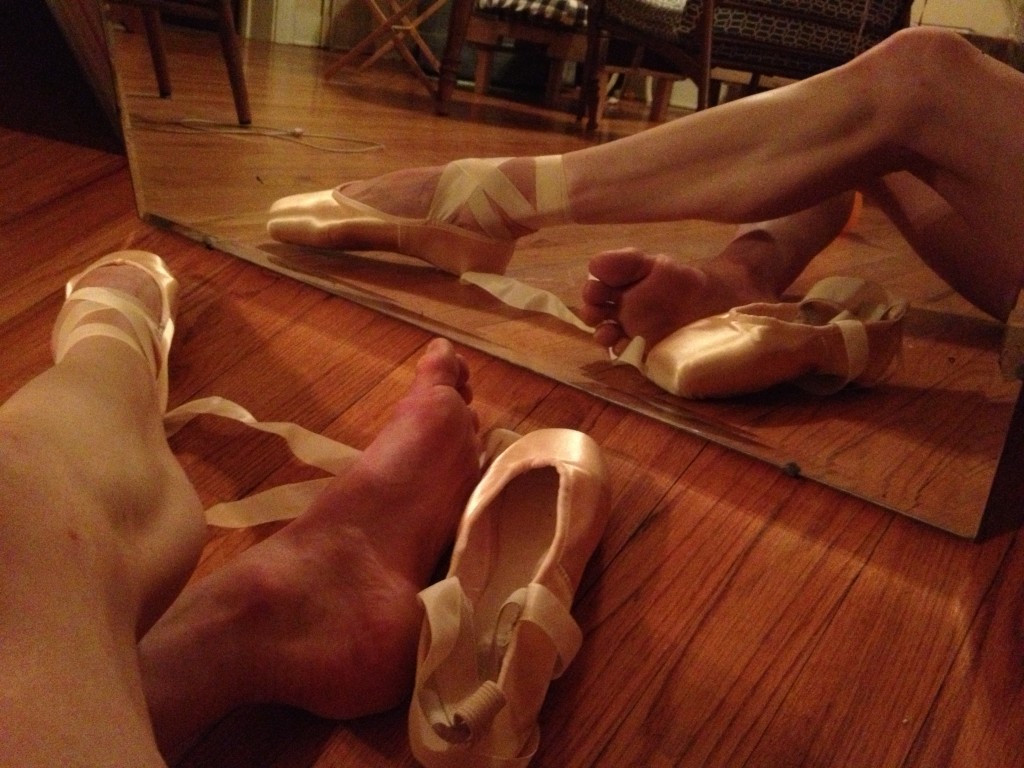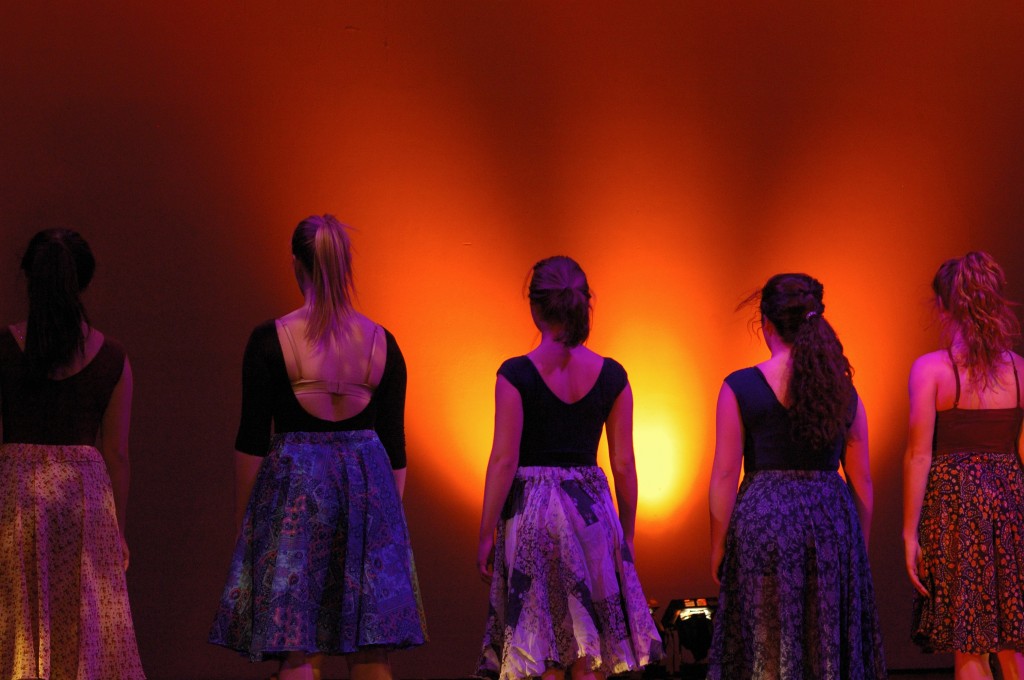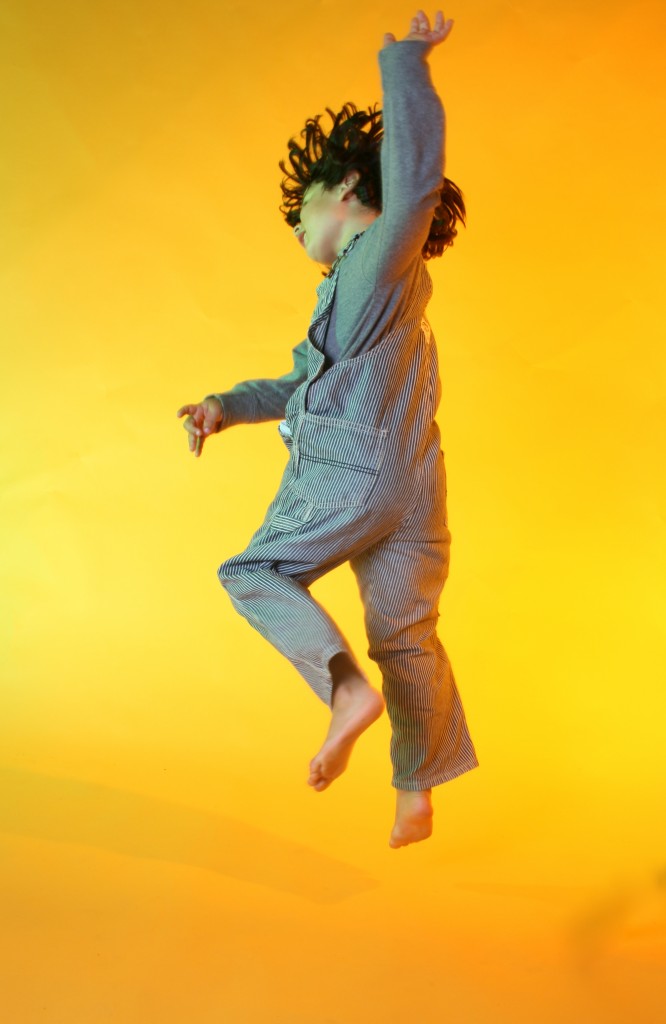by Janet Neidhardt
I have the opportunity each year to choreograph class dances for a spring dance concert at my school. I often seek out social issues that my students might find meaningful to base our work on. In the past I have choreographed dances based on body image and depression. Recently in one of my classes, through much discussion with my students, we came to the conclusion that bullying was a very important topic for them. So we have now begun the process of creating a piece based on bullying.
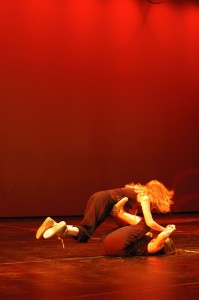
I started off by having my students write journal entries about how it feels to be bullied, what it’s like to be the bully, and what do we want our audience to walk away thinking or feeling. I picked out phrases and words from their entries and I’m now working with a composer to blend spoken word with music so their words will be heard throughout the piece. We have started the creation process with movement as well and the students have come up with some strong images of being left out, put down, as well as finding confidence. It is important to me and my students that we end the piece on a positive note to show the strength of being an individual.
It has been a month now that we have been working on this piece and something interesting has occurred within my class. I have seen positive changes in individual students as well as the dynamics of the whole class. Some students who have been very quiet during this school year are finally speaking up and volunteering to give ideas and even take on solo parts within the dance. Students who tend to be outspoken are listening better to the ideas of their peers.
Overall this group of students has become more supportive of one another and is really embracing their differences. I see new friendships developing now, at the end of the school year, which never occurred over the last 6 months. Although this has always been a nice group of students, I believe that creating this work about bullying has raised their own self awareness and that these students are thinking twice before they act.
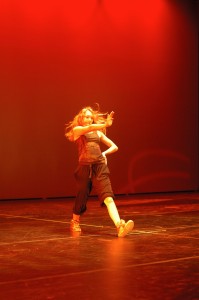
After observing these changes within my class I started to think about how the arts inherently praise individuality and that perhaps the arts could be a great place to stop bullying before it even starts. Students are under so much pressure to fit in and standing out is seen as a bad thing. In the arts however we celebrate differences and unique thoughts, calling it creativity. So it makes me wonder if students were able to create art work from a young age and celebrate each others creativity and ideas, perhaps they would find self confidence earlier and not be so scared to stand out.
There is no question that bullying exists within every school at every age and so to have students confront it together might be a wonderful way to help them learn how to relate to each other in positive way. Creating an artistic work through any medium about bullying could be a very effective way to combat it at any age. I look forward to seeing what the audience reaction to this piece is when we perform it in May. Hopefully it will be so strong that I will write a second blog update about it.
Contributor Janet Neidhardt has been a dance educator for 10 years. She has taught modern, ballet, and jazz at various studios and schools on Chicago’s North Shore. She received her MA in Dance with an emphasis in Choreography from the University of North Carolina-Greensboro and her BA in Communications with a Dance Minor from the University of Wisconsin-Madison. Throughout her time in graduate school, Janet performed with Sidelong Dance Company based in Winston-Salem, NC.
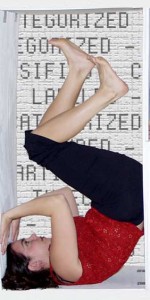
Currently, Janet teaches dance at Loyola Academy High School in Wilmette, IL. She is the Director of Loyola Academy Dance Company B and the Brother Small Arts Guild, and choreographs for the Spring Dance Concert and school musical each year. Janet is very active within the Loyola Academy community leading student retreats and summer service trips. She regularly seeks out professional development opportunities to continue her own artistic growth. Recently, Janet performed with Keigwin and Company in the Chicago Dancing Festival 2012 and attended the Bates Dance Festival.
When she isn’t dancing, Janet enjoys teaching Pilates, practicing yoga, and running races around the city of Chicago.





